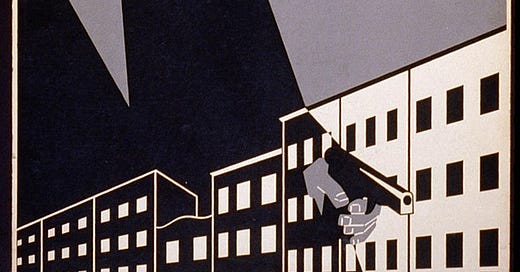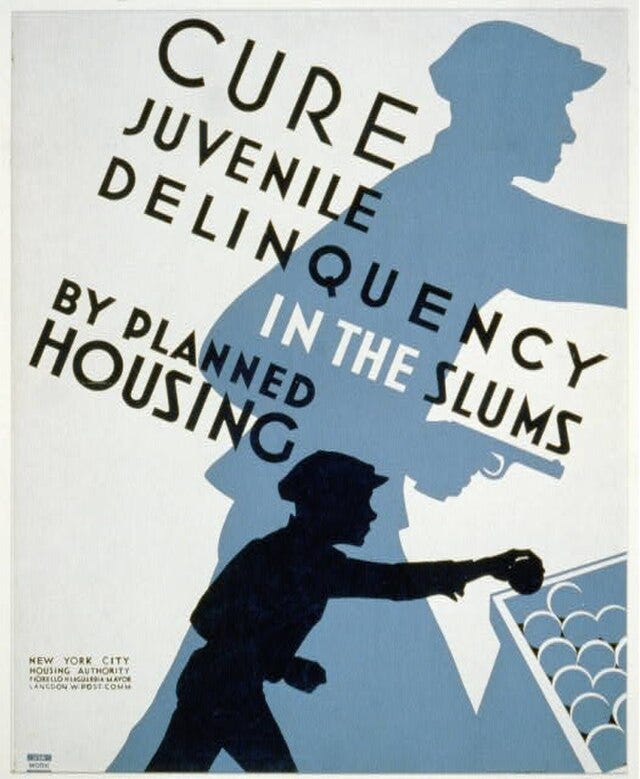Thanks again to the California Globe for running this piece. You can visit the website at: https://californiaglobe.com/
And thanks to New Geography for also running this article. You can visit the website at: https://www.newgeography.com/
It’s in the job title: Planner.
Most government planners – pretty much the transport and housing sectors are what we are discussing today – became planners to meet their personal need to impose order on chaos, to improve society, and, in theory, help everyone even if they need a nudge or two along the way.
Reaching the ethereal heights of the industry is not easy but once there the amount of power one holds is surprisingly significant and relatively unaccountable. In other words, there is a world of difference between the guy behind the counter at City Hall telling you your hot tub has to be ten feet from the fence line, not eight, and the people who speak at conferences and run massive bureaucracies.
One thing the higher ups have in common, it seems, is that the urge to PLAN becomes stronger the more elevated one becomes.
If you know one of those folks, buy them a beer or five and you will probably here about how great Europe and China plan their existence, how private cars are the bane of the nation, how they don’t understand why people want a single family home with a yard (they’ll say this while attending a backyard BBQ, by the way,) and how the world would be better if left to them, the experts.
So why does this commonality exist? Three main reasons: the heavy-on-the-public-use education they receive, the professional reinforcement they receive (no one became a top government official by always saying “sure, why not?” to the public,) and because they have self-selected for the career. As noted above, the need to plan for others, to plan communities is baked into their personalities.
Not that all planners are evil and there are aspects, particularly very local like zoning and not having houses touch so they don’t light each other on fire and such that really do benefit everyone.
But, nonetheless, the planning urge exists and can unleash untold damage on a community if allowed to.
The most famous planner in the United States was Robert Moses – he built parks and public beaches throughout metropolitan New York that are were wondrously forward-looking and remain incredibly popular to this day.
But he also literally destroyed neighborhoods as he pushed his car-centric view involving freeways and overpasses and bridges - those are great, too - and emphasized public housing – an unmitigated cultural disaster - as a replacement.
This poster is pre-Moses but could be said to sum up the thinking – especially the” towers in gardens” concept pushed by Le Corbusier and his devastating minions - that dominated from the 1930s until the 1960s:
In fact, many of the heavy public transit planning concepts being pushed to this day are in direct reaction to Moses’ admittedly over-emphasis on getting cars into Manhattan.
He was not elected, but appointed and technically had a relatively obscure-sounding job but politicians crossed him at their own risk. Planners also push the public involvement in housing and higher densities Moses backed.
It is those parts of his legacy that are heartily embraced by today’s planning culture.
Which brings us to California – already around the globe and soon the rest of America - and the vehicle miles traveled (VMT) tax proposals.
In a nutshell – here’s a detailed explainer if you want - https://thomas699.substack.com/p/what-is-vmt - VMT taxes would replace (that’s the claim…hee hee hee) pay at the pump gas taxes with a system that would track where and when every vehicle drove and then charge a road tax accordingly.
This is an incredibly unpopular idea with the public – the invasiveness, the government surveillance involved are terrifying. Local politicians know this and some have watched as others lost their seats by publicly backing the idea; in fact, it can be said that one of its biggest proponents, former San Diego Association of Government (SANDAG) chief Hassan Ikhrata – a major player in the California and even national and international planning communities - - lost his gig because of it.
The idea of the VMT had been included in future SANDAG (they plan and build transport infrastructure throughout the county) plans for some time but certain board members, like San Diego Mayor Todd Gloria, who had stayed mum on the project (possibly backing it behind the scenes, actually) suddenly realized that when push came to shove – and public votes were necessary – their careers were on the line and they said “no.” Hence, in part, the Ikhrata push.
VMT is being discussed at a federal level and has already emerged from the festering bog that is Sacramento in the form of legislature-approved regulations that demand local agencies cut VMT but do not specifically demand the imposition of a tax, just the reduction in overall miles travelled.
But one of the ways to cut VMT to meet state law is to impose a VMT tax (sometimes called “congestion pricing” to make it sound less evil) to directly discourage driving, thereby reducing vehicle miles traveled.
This nasty little trick of Sacramento of getting local electeds to do their dirty work and put their careers at risk is infuriating; in other words. the politically insulated legislature is ordering them to die on a hill they don’t think should even exist.
It’s as if Sacramento decided that too many red heads had both of their pinkies and passed a law that said each red head could have only one and left the local agencies to decide how to get there.
But when pinkies started getting chopped off, Sacramento would say “well, the law didn’t say they had to do it that way – they could have paid half of the redheads to move to reduce the overall number of red head pinkies – that’s what we really meant anyway – or they could have funded genetic engineering programs – they probably had enough time - to reduce the number of pinkies going forward or a host of any other concepts so you can’t blame us for chopping off pinkies.”
And no one - because of the uniparty and the rotten boroughs - no one is Sacramento will get bounced out of their job. Luckily for the public, most other legislative bodies are so immune from public pressure.
Funnily enough – and I’m sorry I’m letting the bureaucratic cat out of the planning bag – the solution to the public perception issue is simple, if the planners could take their monomaniacal blinders off for just a moment: just wait.
Transport plans are set for decades ahead; now, must such plans have target years of 2050. By then, the number of self-driving vehicles will have increased significantly, possibly to the point of preponderance.
Once that has been achieved, the personal liberty arguments against VMT taxes will vanish as car owners will innately understand that – to keep them from bonking into each other – their vehicles will have to be centrally tracked at all times. And it’s not exactly a leap at all to throw a VMT in at that point.
But government trickery and obfuscation will continue to exist until then. Say you have a new 2060 plan that calls for X reduction in VMT through the imposition of a tax. Amongst themselves, officials – specifically excluding local electeds – will say “this is the real serious absolutely will happen plan.”
When asked about it in public, though, they will say its “merely a planning document and we have years of public consultation to complete so you really shouldn’t worry about so sit down and shut up.”
And, sadly, that’s what too many planners want the public to do at all times: sit down and shut up.





